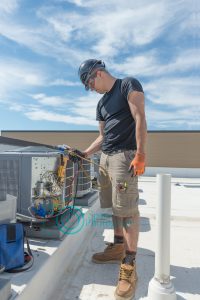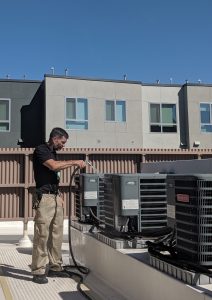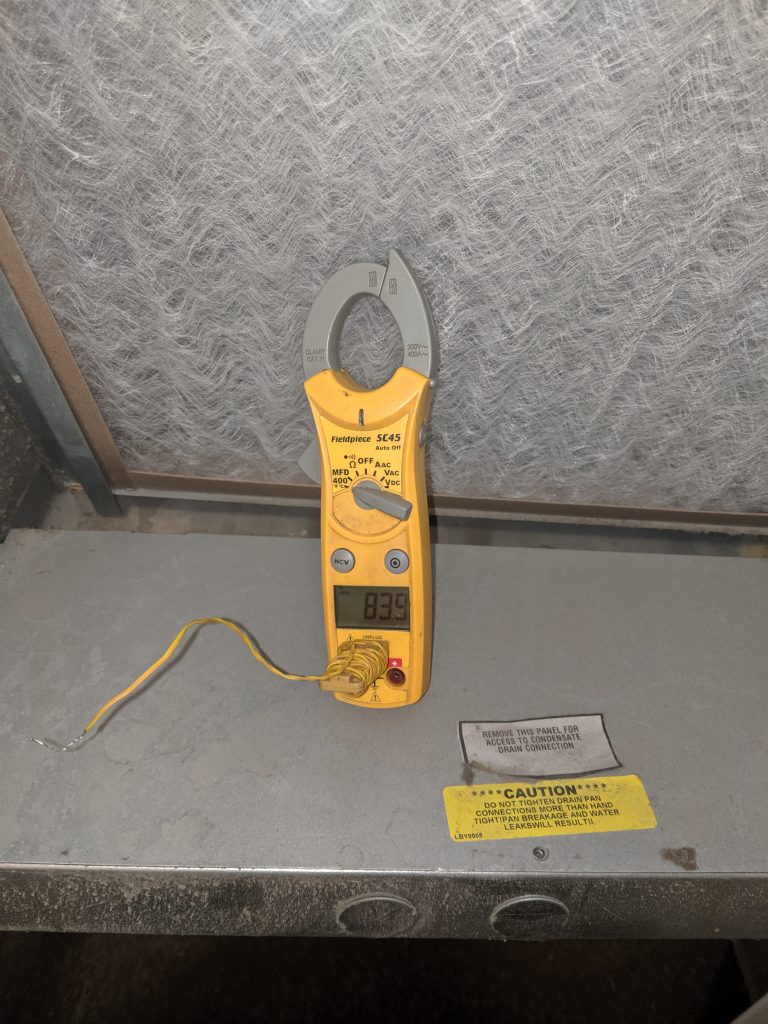 This is not a set business model or definitive answer to whether or not hvac preventative maintenance is worth it. It’s to educate you on what types of hvac preventative maintenance may be done by the handy homeowner who wants to save a buck, to the person that may have 20 different systems in their business or home, and needs to outsource HVAC maintenance. By the end of this article you should have a better understanding on whether or not professional hvac maintenance is for you or not.
This is not a set business model or definitive answer to whether or not hvac preventative maintenance is worth it. It’s to educate you on what types of hvac preventative maintenance may be done by the handy homeowner who wants to save a buck, to the person that may have 20 different systems in their business or home, and needs to outsource HVAC maintenance. By the end of this article you should have a better understanding on whether or not professional hvac maintenance is for you or not.
DIY HVAC Preventative Maintenance
These simple PM’s may be completed by a handy homeowner. Caution should be taken though, and professionals should be consulted should you have any doubts.
Replacing the Air Filter
Replacing the furnace filter is one of the easiest, and most beneficial hvac preventative maintenance measures a owner could take.
How Often Should you Change your Air Filter?
Check air filters monthly, and replace every 3-6 months. Once you get an idea of how quickly your air filters start to get clogged, you can go from there. High efficiency filters greater than 1″ can last up to a year.
Factors that can cause your home air filter to get clogged more fast may include:
- The more people, pets, in the household
- Open windows and doors
- Certain types of carpet may cause filters to get dirty faster, not likely though if you vacuum regularly
- Dryer vents that are not sealed tight, and located near furnaces, can affect furnace filters and their ability to filter.
- Smoking tobacco
Washing your Outdoor Condensing Coils
T he outdoor condenser coils on your HVAC unit should be washed with a garden hose every 6-12 months. If your outdoor condensing unit is located anywhere near the ocean, or near lots of trees, then aim to wash them every 6 months. Right before cooling season and right after cooling season. If you have a heat pump, just make it consistent.
he outdoor condenser coils on your HVAC unit should be washed with a garden hose every 6-12 months. If your outdoor condensing unit is located anywhere near the ocean, or near lots of trees, then aim to wash them every 6 months. Right before cooling season and right after cooling season. If you have a heat pump, just make it consistent.
If you attended an HVAC trade school, they may have told you to properly do this you need to remove the fan motor. Then you wash the condenser coils from the inside out. This is sometimes necessary, but I rarely feel the need to do this.
Some exceptions would be if your condenser is on ground level and around a lot of trees. Leaves may get inside of your condenser unit along with other debris. In this case the fan motor should be removed, along with all the debris inside of the condenser unit. When removing the fan motor, power to the unit should be secured. This should be left to professional HVAC technicians in my opinion.
Checking Your Temperature Drop in Cooling Mode
One way a homeowner can check to see if their air conditioner may have potential refrigerant issues, is to take a temperature drop. Also know as Delta T.
This can be done by placing a thermometer at the intake to your air handler / furnace, as close as possible. Record that temperature. Then place the thermometer at the nearest supply vent to the air handler, right above or beside if possible. Record the temperature.


Subtract your supply temp by the return temp. For Celsius, you may want to see a Temperature drop between 16-21 degrees. R22 systems may be on the high end while r410 systems may be on the lower end. In the images above we have a 83.9F return temp and a 66.2F supply temp. Out Delta T, or temperature drop, here is 17.7F
Professional Air Conditioner Tune Up
Professional air conditioner tune-ups should include everything mentioned above. Professional HVAC companies should check the following when performing a air conditioner tune up:
- Electrical connections should be tightened and checked for arcing
- Clean inside and outside of furnace / air handlers
- Seal duct leaks at the air handler and furnace
- Monitor and record amp draw on electrical components such as compressors, motors, and capacitors
- Monitor and record air flow and static pressure, ensure it meets manufacturer specs
- Replace and align belts (if applicable)
- Grease pulleys and motors (if applicable)
- Clean the condensate drain pan
- Ensure that the condensate line is clear and free of blockage
On older r22 systems I would not hook up gauges unless necessary. Even with low loss fittings there is still going to be some refrigerant that escapes. R22 is going to be phased out of production in 2020. It’s going for $200 a pound in some places, use caution when hooking up refrigerant gauges.
Final Thoughts on Professional HVAC Preventative Maintenance
While some things can be done by the homeowner, it’s best to leave most of the HVAC preventative maintenance up to the pros. If you have a new HVAC system that has any type of warranty on it, many times the warranty will not be upheld without proof of regular HVAC maintenance. Most extended warranty companies require your unit to be serviced professionally at least once a year. You may want to check with your warranty company though.
If you have more than one or two HVAC systems, you may also want to consider contracting out your air conditioner tune-ups. While air conditioners are not cars, they are mechanical, and are more prone to breaking down if they are neglected of preventative maintenance.
Maintaining your HVAC is good idea in addition to prevent any damages. Thank you for sharing your article with us.